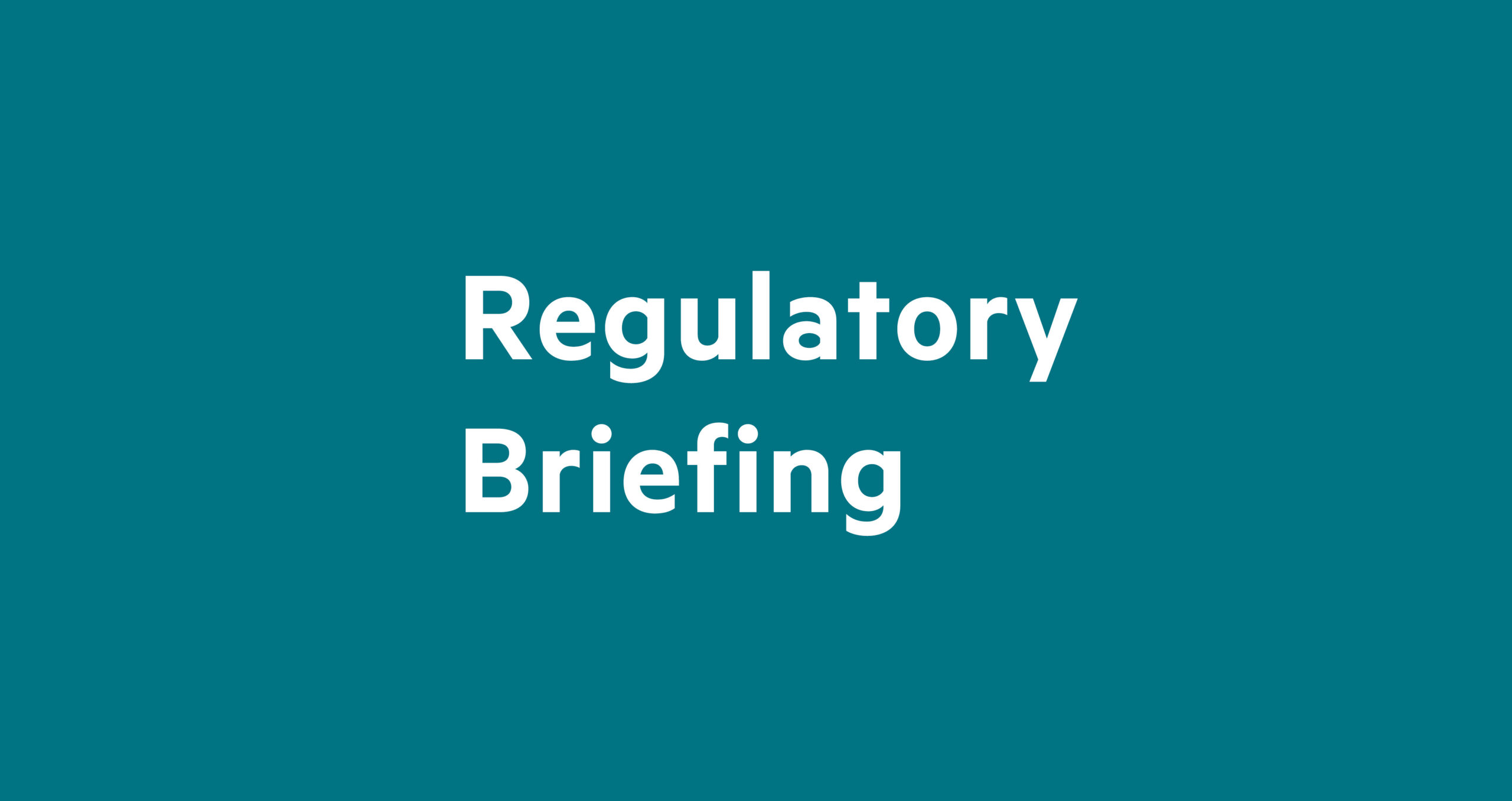
Regulatory Briefing: Australian securities regulator issues greenwashing guidelines

The Australian Securities and Investment Commission has published some basic guidelines for the marketing of ESG funds to avoid greenwashing. The core message is that managed and pension funds need to stay ‘on label’ – in other words, meet consumers’ expectations derived from headline claims about products.
The regulator’s so-called information sheet explains that disclosure obligations already exist and deceptive claims are prohibited – so to meet the current rules and avoid claims of greenwashing, firms need to ask themselves if their product is ‘true to label’.
ASIC’s headline. ASIC deputy chair Karen Chester said: “Labels or headline statements about a product’s green credentials should not be misleading. Being true to label is not a nice-to-have, it’s a regulatory must-have. It’s also a must-have for investor confidence and trust, and a must-have for both fair and efficient market outcomes. Misdirected investment here will inevitably be at great economic cost.”
The Australian regulator is appealing to industry and investors to alert it to cases of greenwashing. It is also encouraging consumers to look out for vague or ambiguous language or exaggerated marketing claims when they weigh up investment options that suit their values.
The two touchstone principles are truth in promotion and clarity in communications. The regulator then poses nine questions to issuers, such as “have you used vague language?” or “are your headline claims potentially misleading?” A simple example of what would constitute greenwashing is then cited in each case.
For instance, investors expect a product’s label to accurately reflect the underlying investment strategy, including the approach to stewardship, as well as with asset holdings. It is fundamental, therefore, that the sustainability-related label of a product matches the substance of the product itself. “Given the current lack of standardised labelling for sustainability-related products, you need to be particularly careful to ensure that product labels are not misleading. You should think carefully about using absolute terms in a product label,” the regulator says.
An example of a product that is not true to label would be a fund that is labelled ‘no gambling fund’ but which, under its terms, is allowed to invest in companies that earn less than 30 per cent of their total revenue from gambling activities.
Elementary. That a regulator in a large developed market should have to explain such elementary points directly to issuers will be seen by some observers as a comment on the current state of the ESG consumer market. It will doubtless be taken as evidence that ASIC has scant confidence that at least some firms are resisting the temptation to greenwash. On the other hand, in the asset management industry, part of the blame has been attributed to regulators, for their lack of clarity in defining the parameters of ESG investing.
Labelling on the other side of the world. Meanwhile, the UK Financial Conduct Authority is shortly expected to publish new and much more detailed guidance on ESG labelling after a public consultation that ended in January. The FCA’s initial proposals included a two-tier disclosure framework, with the first aimed squarely at consumers. The authority was also considering a standardised product classification and labelling system that would help “consumers understand the sustainability characteristics of different products and navigate the products on offer”.
Similar Articles

UK Climate Change Act remains legally sound 15 years on, experts say

Nature degradation could cause financial losses to the UK economy greater than Covid-19 and 2008 financial crash


